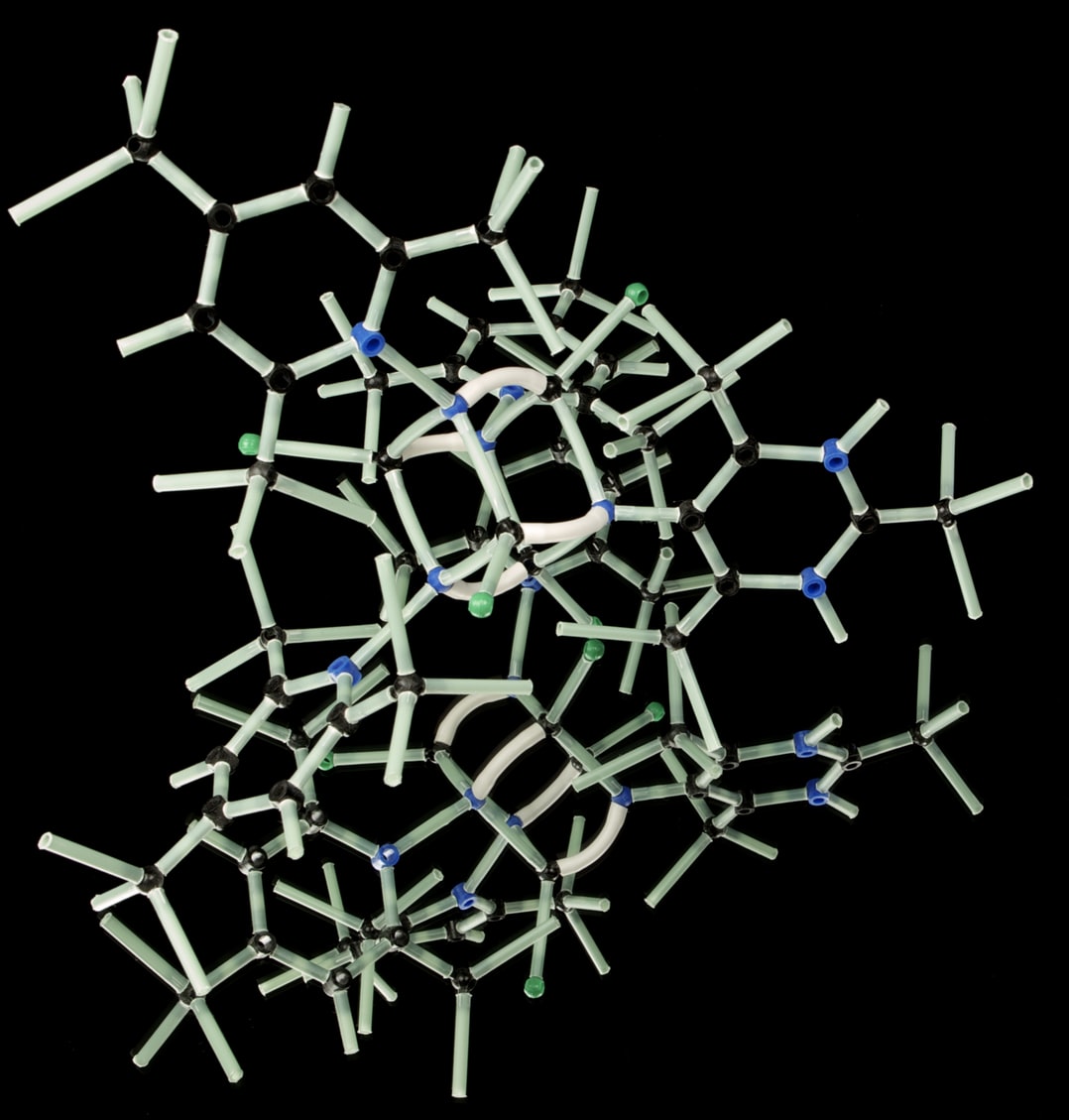Additive Laser Metal Deposition on Carbon Materials
A novel substrate with high thermal conductivity improves powder-bed fusion metal additive manufacturing.
In current implementations of powder-bed fusion metal additive manufacturing, metal powders are directly fused to the metal substrate. To aid in the removal of the part, miniaturized truss-shaped support structures are typically used to fuse the part to the build platform. One downside of this method of manufacturing parts is that machining is required to separate the printed parts from the building platform.The present invention improves this procedure by replacing the metal platform with a novel substrate with high thermal conductivity.
 https://unsplash.com/photos/_y4LGVTeBwQ
https://unsplash.com/photos/_y4LGVTeBwQ
- Manufactured parts can help effectively spread heat.
- The process result in parts with lower stress concentrations after installation, as there is no need for indirect bonding such as screws or fixtures, which is important for aerospace applications.
- The substrate can be used as an alternative build platform, which decreases the cost of printing with Stainless Steel or Titanium since current metal additively manufactured parts require machining to remove support, which requires either manually machining the parts or computer-controlled machining (CNC), which are both expensive and time-consuming.
- Technology eliminates the need to print support structures.
- The new methodology is faster, cheaper, and more environmentally friendly, since energy is provided via laser compared to conventional dissimilar material bonding methods utilizing furnaces.
- Substantial amount of metal powder will be conserved, as there is no need to use support structures.
Patent Information:
| App Type |
Country |
Serial No. |
Patent No. |
Patent Status |
File Date |
Issued Date |
Expire Date |
|